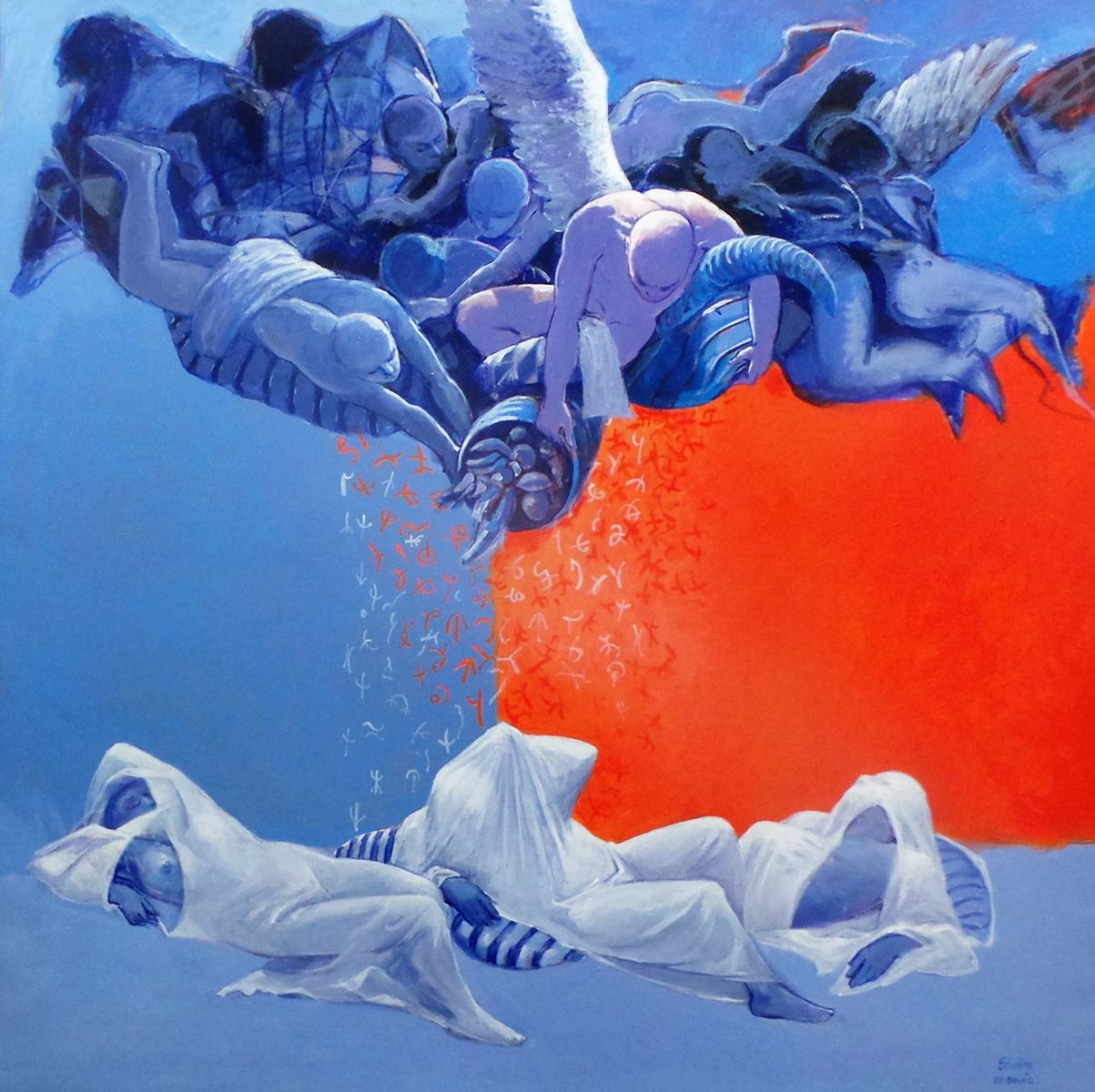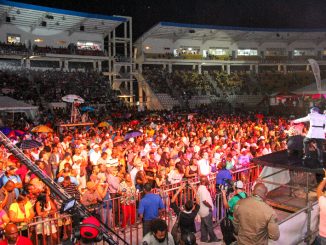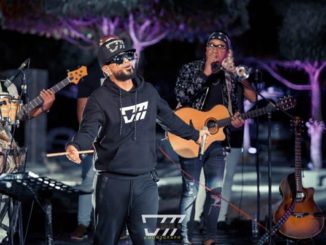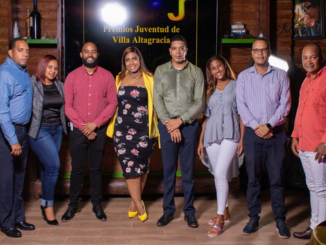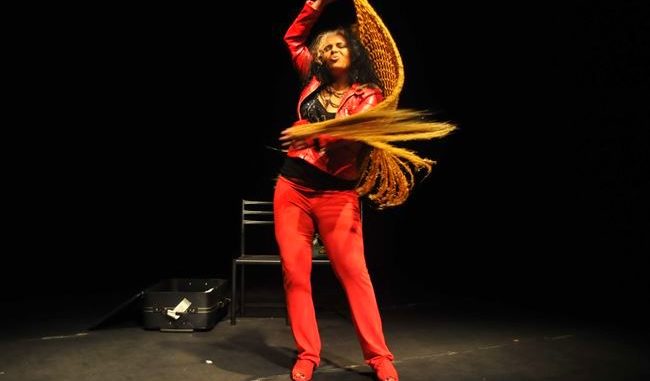
After more than 10 months of connecting with the public through social networks, Dominican artists are once again meeting and feeling the warmth of the people who were looking forward to the day of the reopening of entertainment in the Dominican Republic.
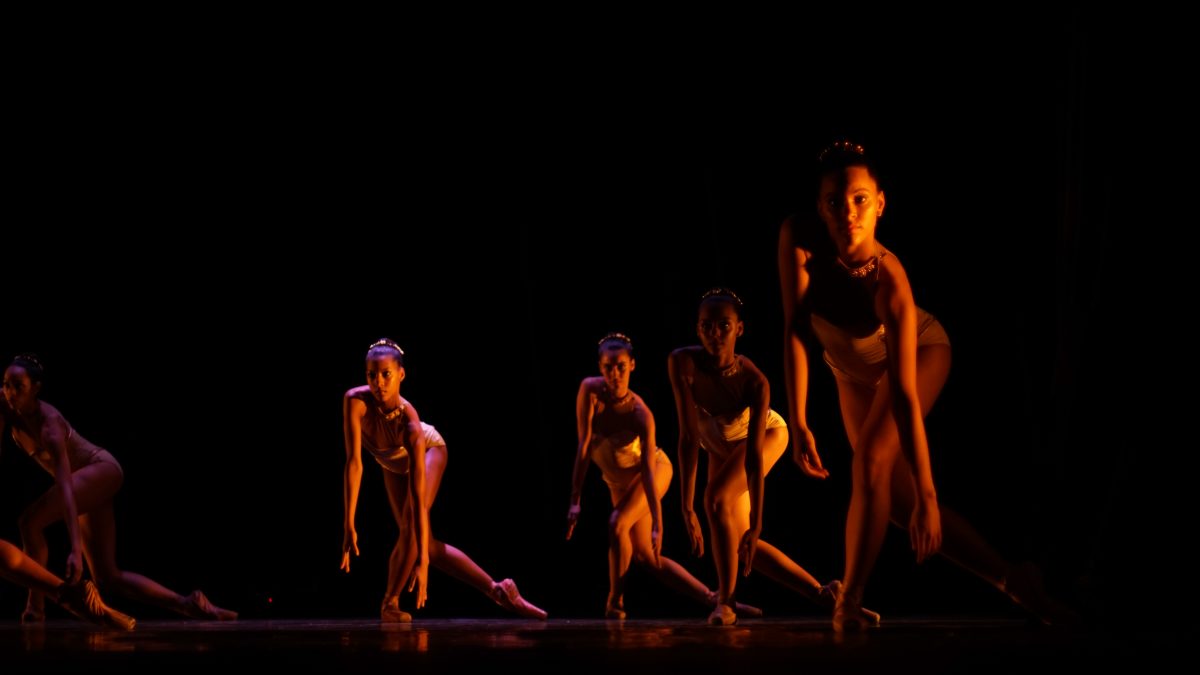
And it was because of the pandemic caused by COVID-19, singers and actors used digital platforms, which, although obviously not comparable to live events, were at least a way for artists not only to continue doing what they love, but also to make a profit, since many only support themselves economically from their art.
This new type of concert via streaming platforms already featured several artists, including: salseros Yiyo Sarante, Alex Matos and David Kada, merengueros Johnny Ventura, Sergio Vargas, Milly Quezada and Eddy Herrera, urban artist Don Miguelo, Christian music singer Marcos Yaroide, balladeers Frank Ceara and Maridalia Hernández and one of the latter, singer Ricardo Montaner from Altos de Chavón.
The first branch of entertainment that officially opened was cinema, bringing hope to others. With a strict security and hygiene protocol, Caribbean Cinemas turned on its giant screens again and at first it brought the magic of the drive-in, to later open the movie theatres and receive the whole Dominican family.
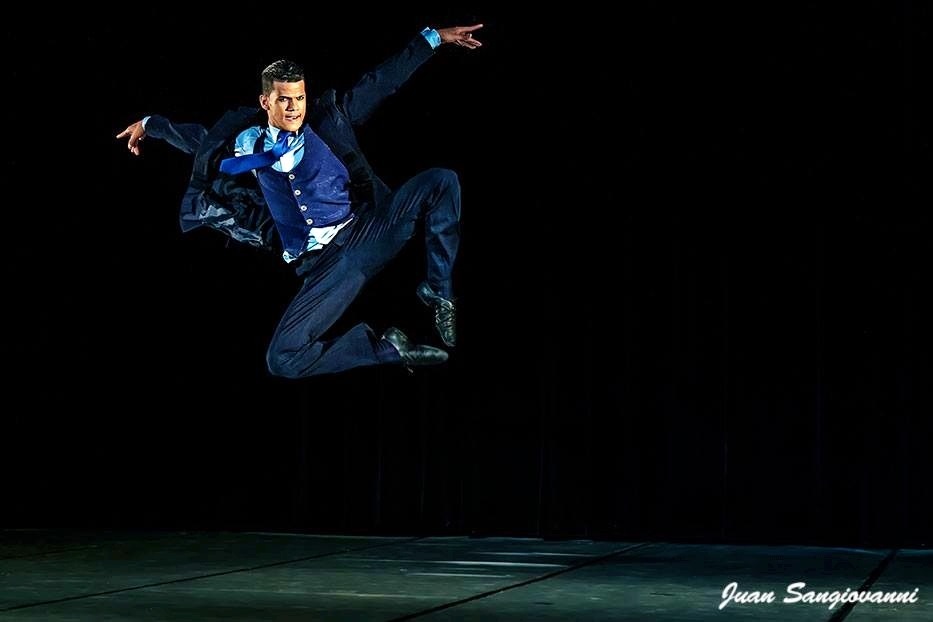
A capacity fixed at 50%
Then, it was followed by theatre and with the concept of theatre under the stars, the actors incarnated again their characters outdoors with the sky as a roof last November on differents stages throughout the city of Santo Domingo. But doing theatre only in the open air was not for a long time, since last December 3, through a press release the Minister of Culture of the Dominican Republic, Carmen Heredia, announced that the Eduardo Brito National Theatre, one of the most important stages in the country, will reopen its doors with a show entitled “50 minutos de danza y música: La gran reapertura” (50 minutes of dance and music: The great reopening), where dancers and musicians performed live, under the artistic direction of Stephanie Bauger and Carlos Veitía.
After a wave of complaints and demands from the artistic community, this reopening took place, and according to the Ministry of Culture it can only operate with 50% of the capacity in all the theatres and entertainment venues.
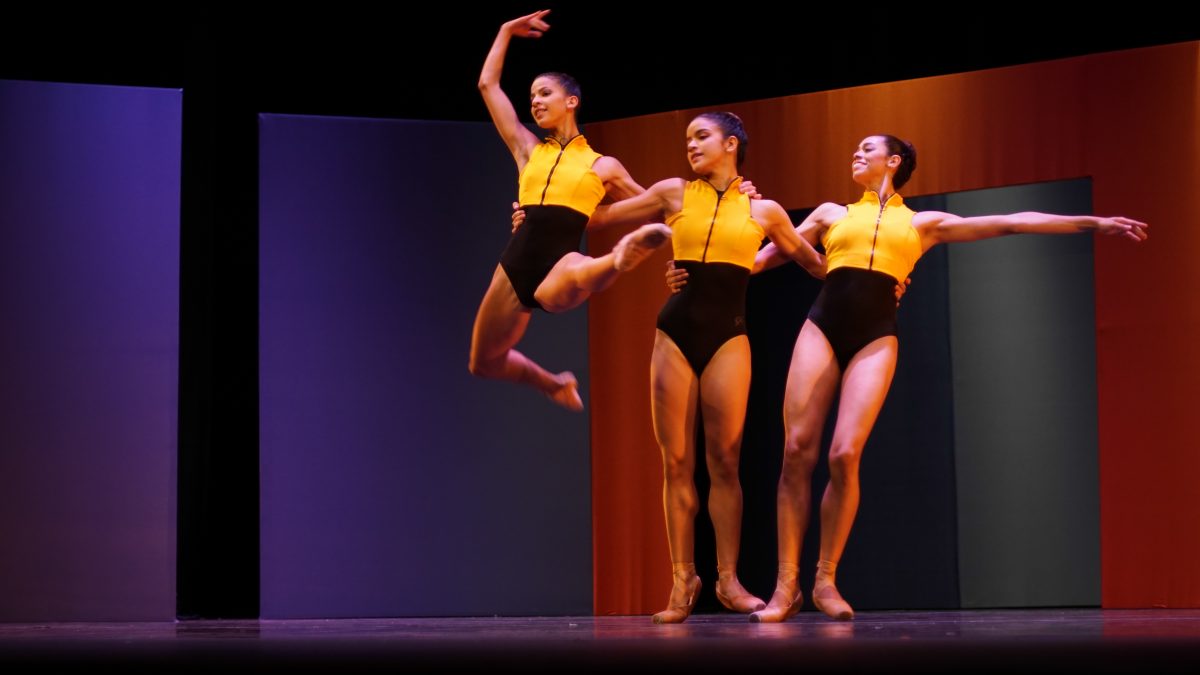
A reopening under curfew
In addition, Heredia indicated that in order to motivate producers and artistic directors to continue to performe their events on the State’s stages, arrangements were made to reduce the rental price of the latter. In the Dominican Republic, there is still a great limitation for events, since, from Monday to Friday, the curfew starts at 9:00 pm and on Saturdays and Sundays, days when families usually go out to have fun, it starts at 7:00 pm, which forces event organizers to start and finish before these hours, and disturbs the population. But, although complaints still persist, the audience began to adapt and support the events that are being organized.
Live events every day are increasingly advertised in alternative theatres such as the Comedy Club and Chao Teatro Bar.
A press release announced the return of the monologues “Retorno”, starring the experienced actress Kenia Liranzo, on 15, 16 and 17 December in the Aída Bonelly de Díaz Hall in the Eduardo Brito National Theatre.
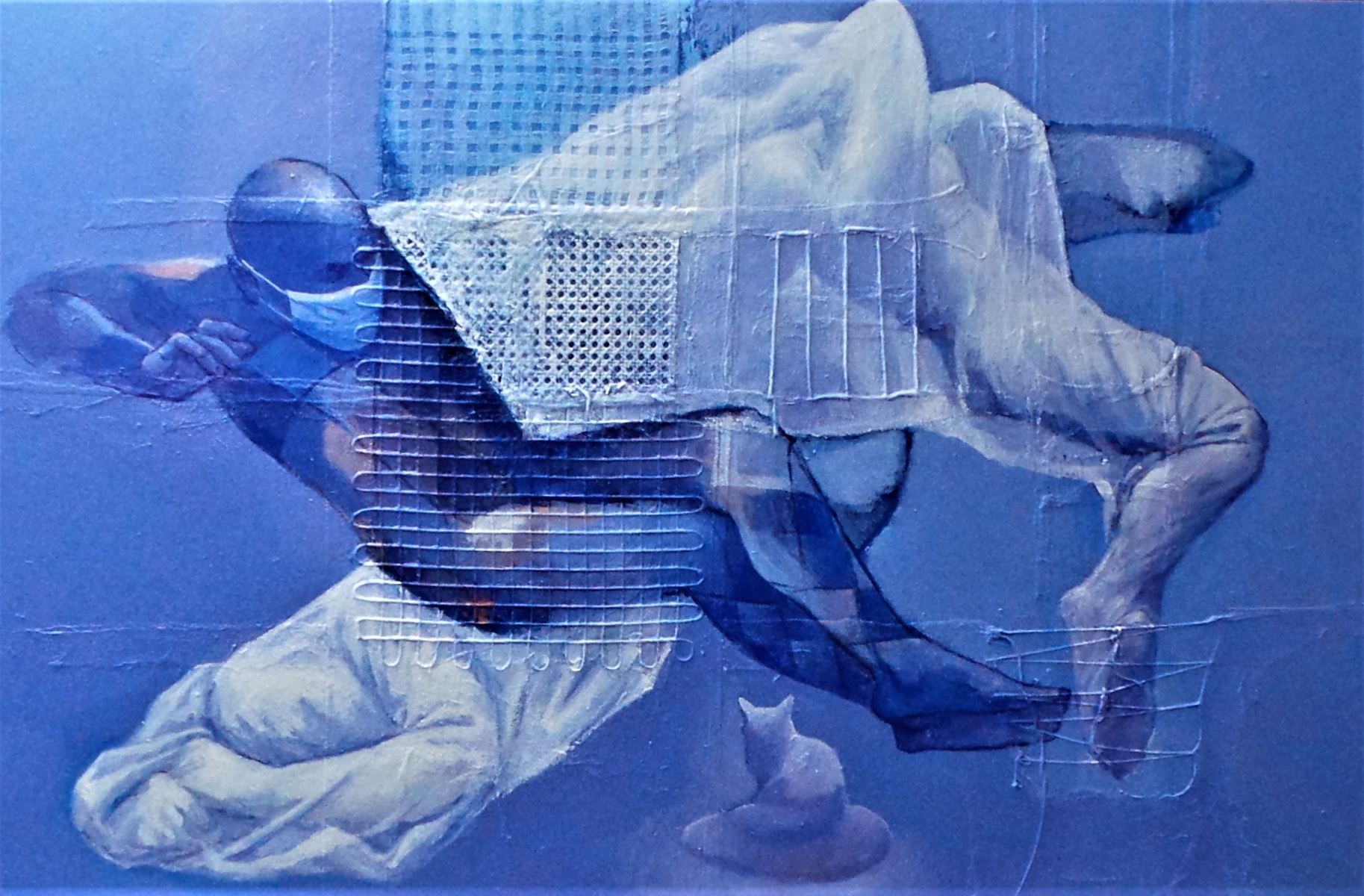
Government support for artists
After the Ministry of Culture also announced the reopening of all the country’s museums, it announced the retrospective painting exhibition by master Amable Sterling, at the Casas Reales Museum, which will be available until December 20.
The Ministry of Culture (MINC), the Progresando con Solidaridad programme (Prosoli) and the Administradora de Subsidios Sociales (Social Grants Administrator – ADESS) established a strategic alliance in favour of a large number of artists, craftsmen and cultural managers by including them in the “Quédate en Casa” (Stay at Home) programme, which will start in this month of December.
The process will be carried out in two phases, the first beginning with the incorporation of 700 members of the artistic and cultural guild who were selected from a database of 3,000 members that the MINC provided to Prosoli, in which it was found that although they had met the required conditions, they had not been included in the programme.
